
Nishimura Villa
In the Edo Era (17-18C) Shinto priests of Kamigamo Shrine set up their houses near the Shrine and formed a village called ‘Shake-Machi’. The villa of Nishimura family is one of them.
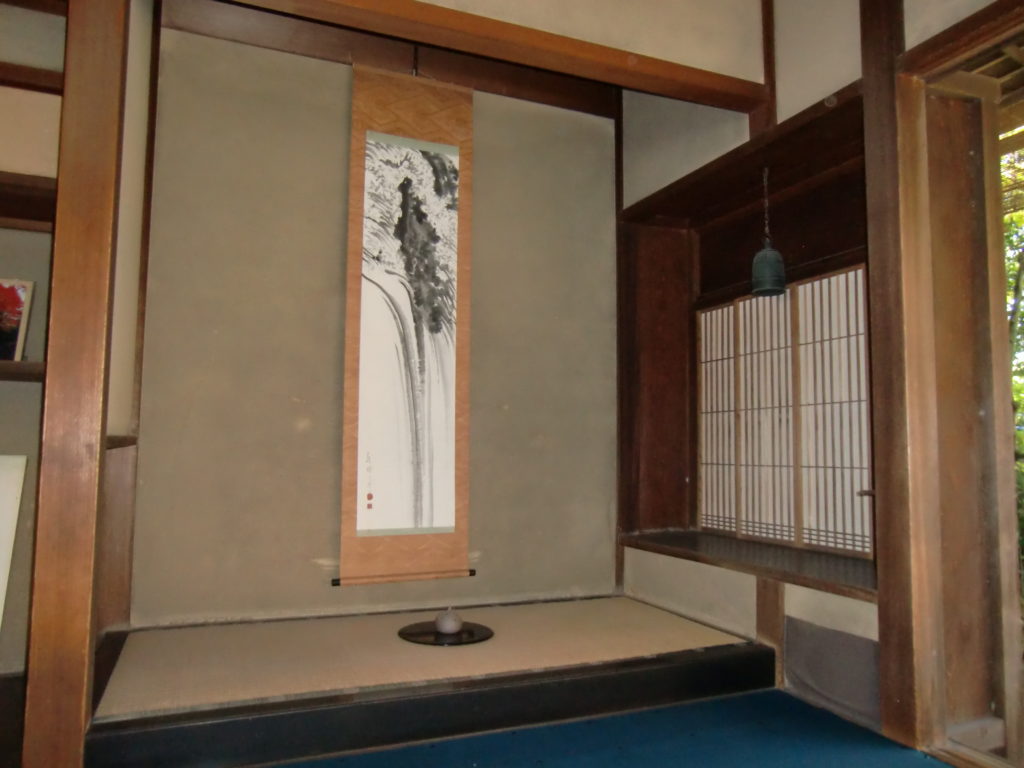
Inside the Villa
Traditional ink painting on the wall.
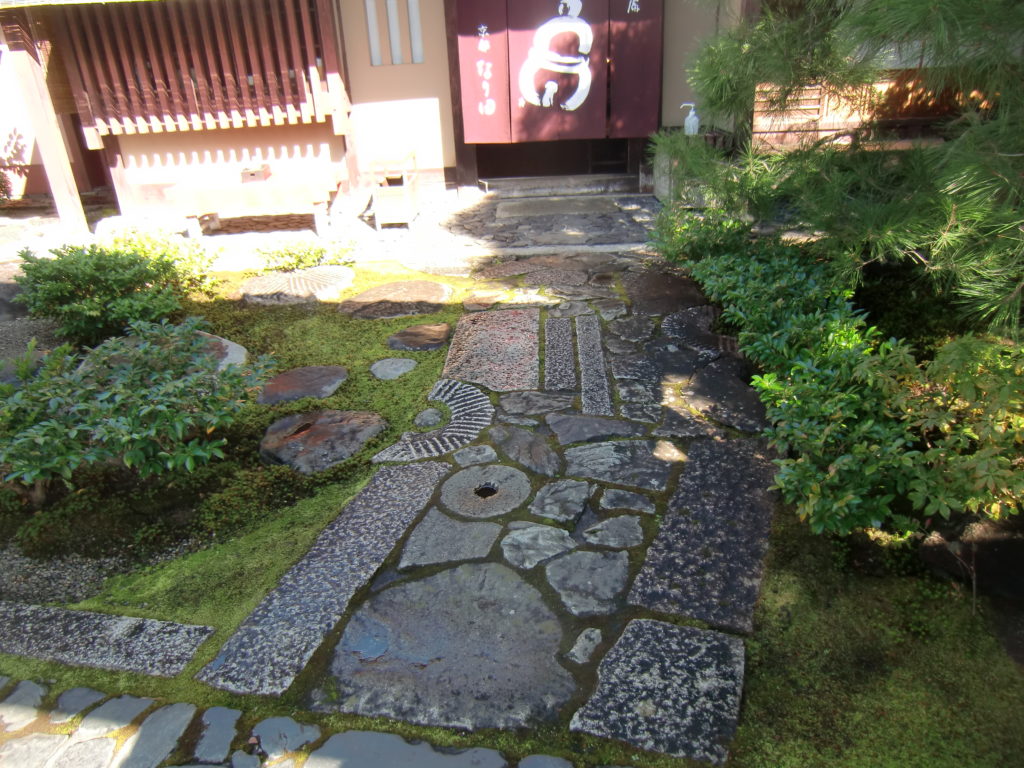
Narita Villa
Stunning stone art at the entrance of the famous shop selling ‘suguki’, regional pickles of Kyoto made of turnip-like vegetables.
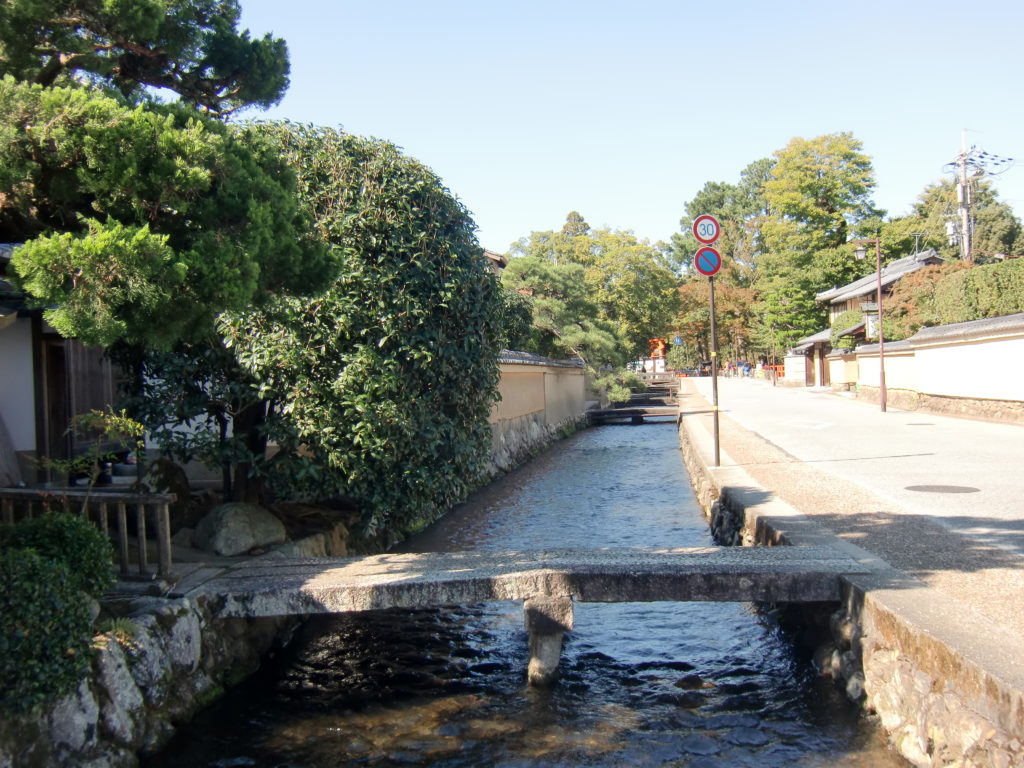
Myojin River
One of the many branches of Kamo River, this clear, sacred water is used by Shinto priests to perform ablution.

Gallery Shakemachi Space Muku
A tiny gallery near the Kamigamo Shrine, displaying water colour paintings of the local artists.
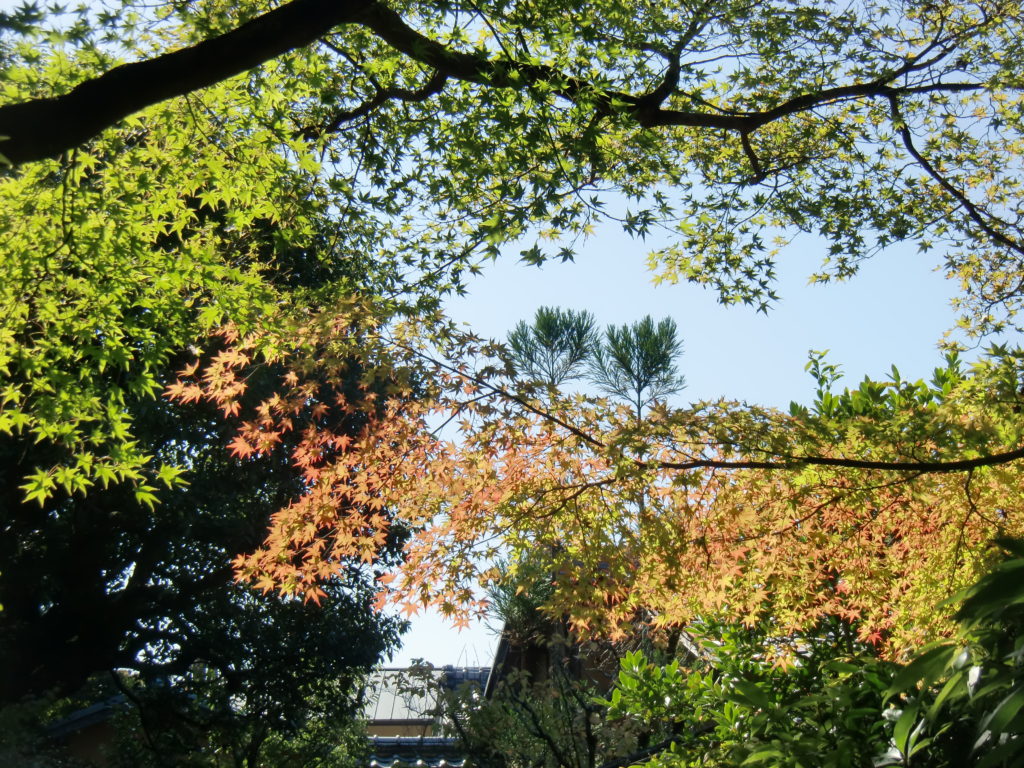
Early autumn foliage at Nishimura Villa
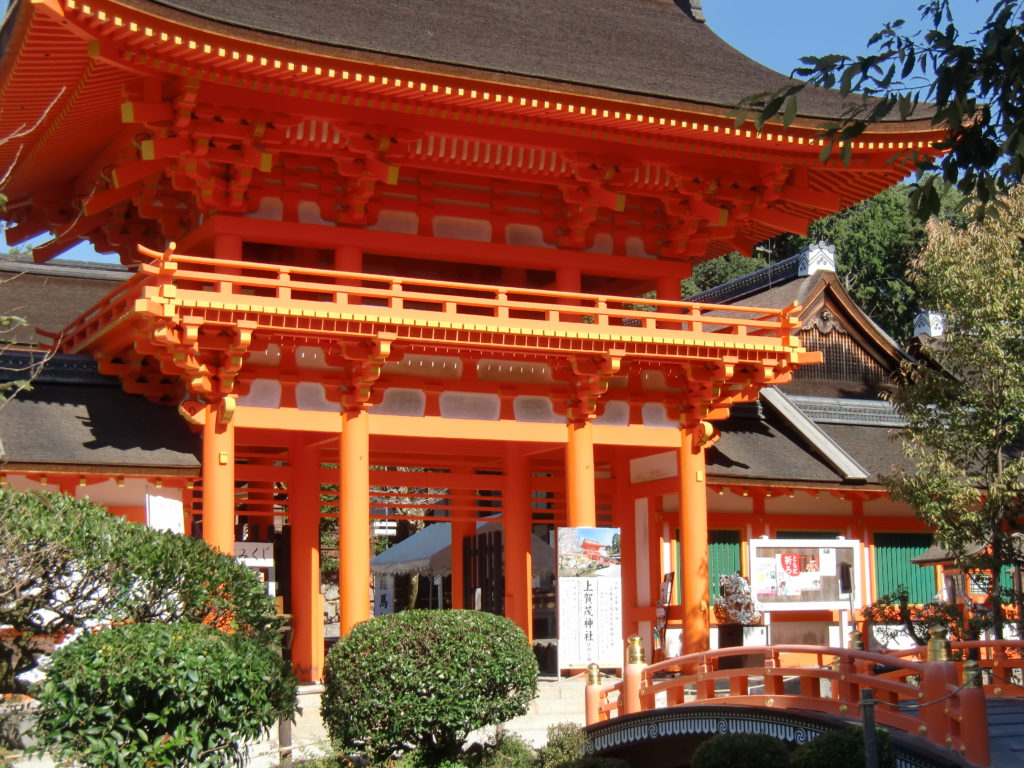
Kamigamo Shrine
The romon (tower gate) is one of the two types of two-storied gate in Japan. Originally developed by Buddhist style architecture, it is also used at Shinto shrines.

Women in formal attire at a special occasion

Sesha Kataoka-sha Shrine
One of the many branches of Kamigamo Shrine, believed to be the god of marriage.

Tatesuna
The two cone-shaped sand mounds in front of the hosodono worship hall represent Mt. Ko-yama in which the deity reside.

Cho-zusha
Place of ritual cleansing of hands and mouth with water before visiting the shrines.

Sessha Suwa Shrine
One of the branch shrines.
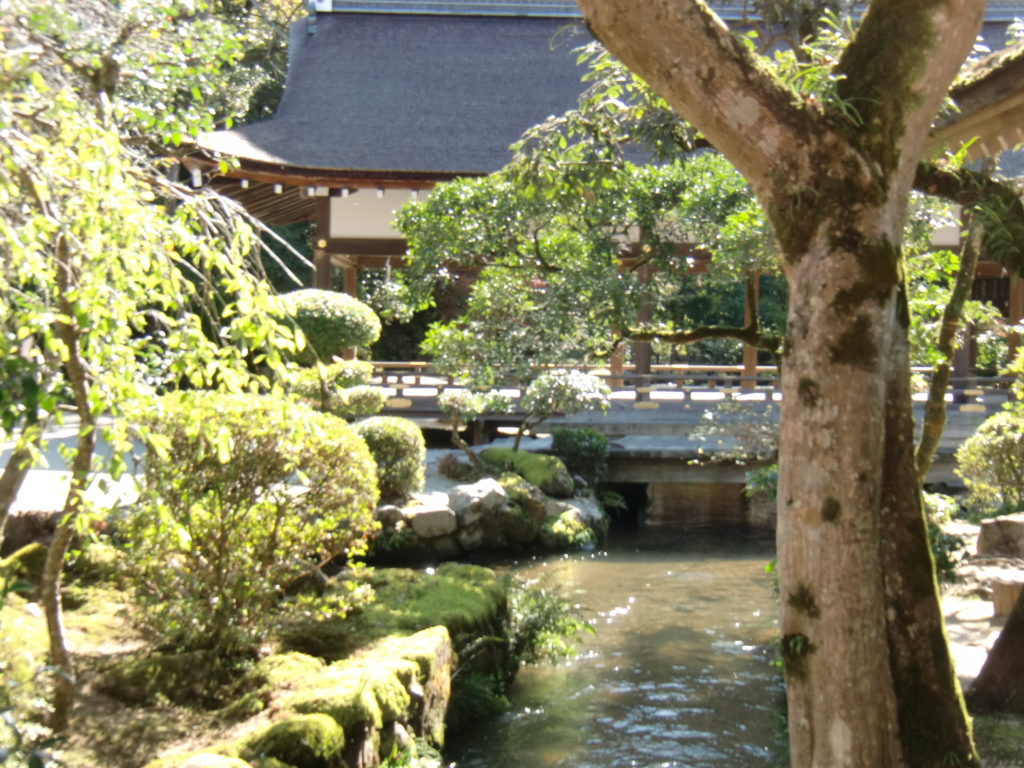
Omonoi River
The water of Omonoi River is used for ritual cleansing of implements used for Shinto ceremonies.
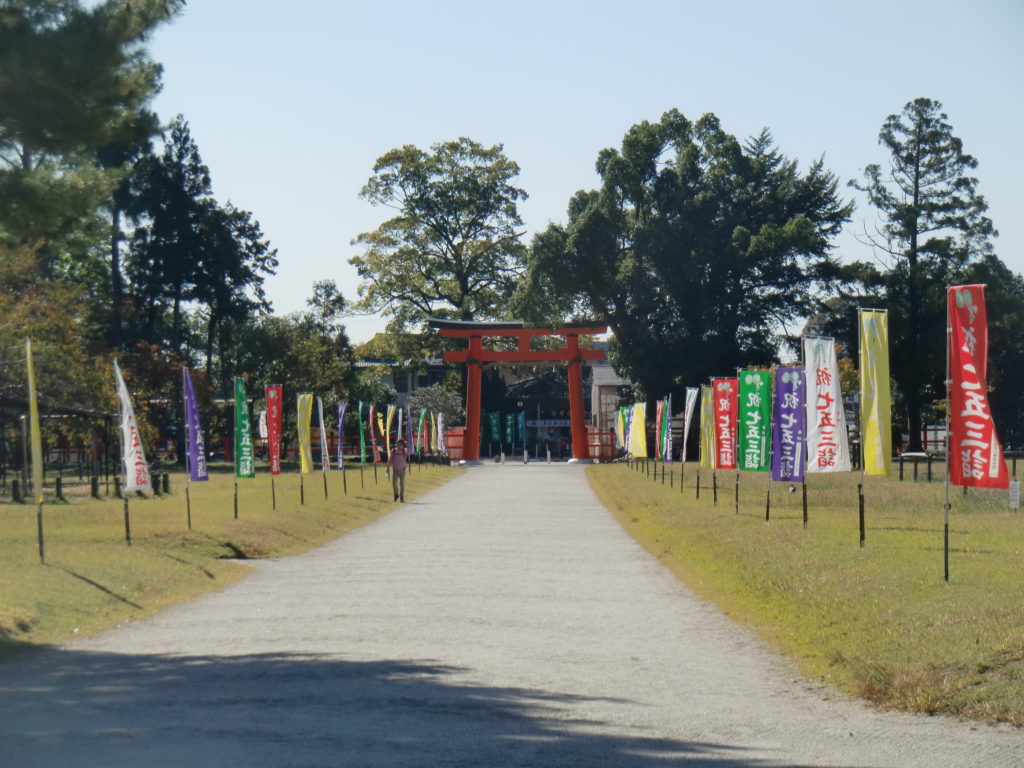
The riding ground for the Ritual of the Racehorses
The horse race is said to originate in Kamigamo Shrine’s ritual called Kurabe-uma-e-Jinji. The ritual was popularised during the rein of Emperor Horikawa in the 11th century, and continues until today.

Hashidono
The place for ritual dancing.

Four-pillar inner gate

Tamahashi Bridge over the Omonoi River

Nara River
Omonoi and Mitarashi River join the Nara River, before meeting the Kamo River in the south.

Torii
The second gate

The sacred horse
His name is Shinzan (meaning ‘the mountain of God’), the sacred horse used for various Shinto rituals.

This is the new (7th) Shinzan of 2022! Can you tell the difference?

Offering for God.

Winter vegetables…

And rice.

Do you see the doors straight ahead, the God is behind!

Monetary offering.